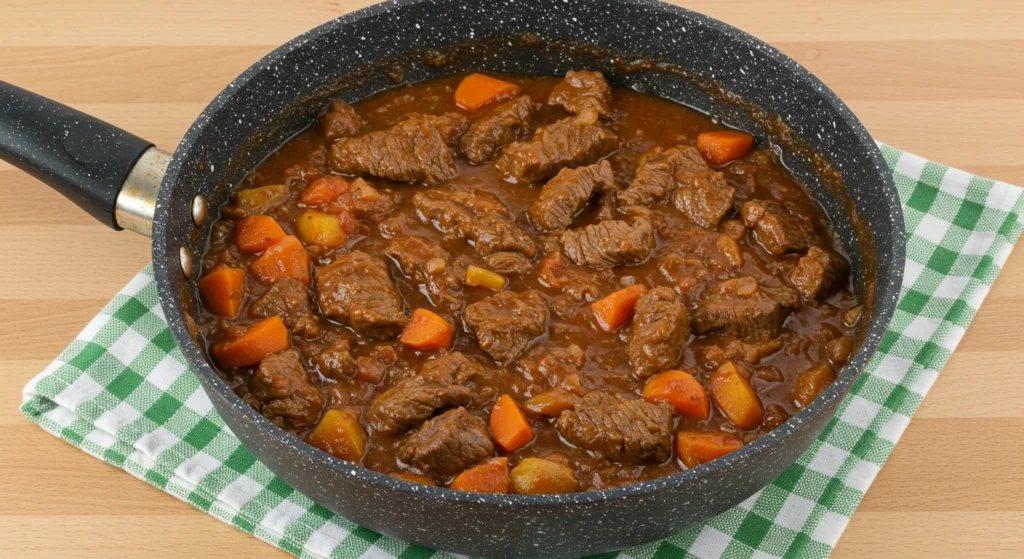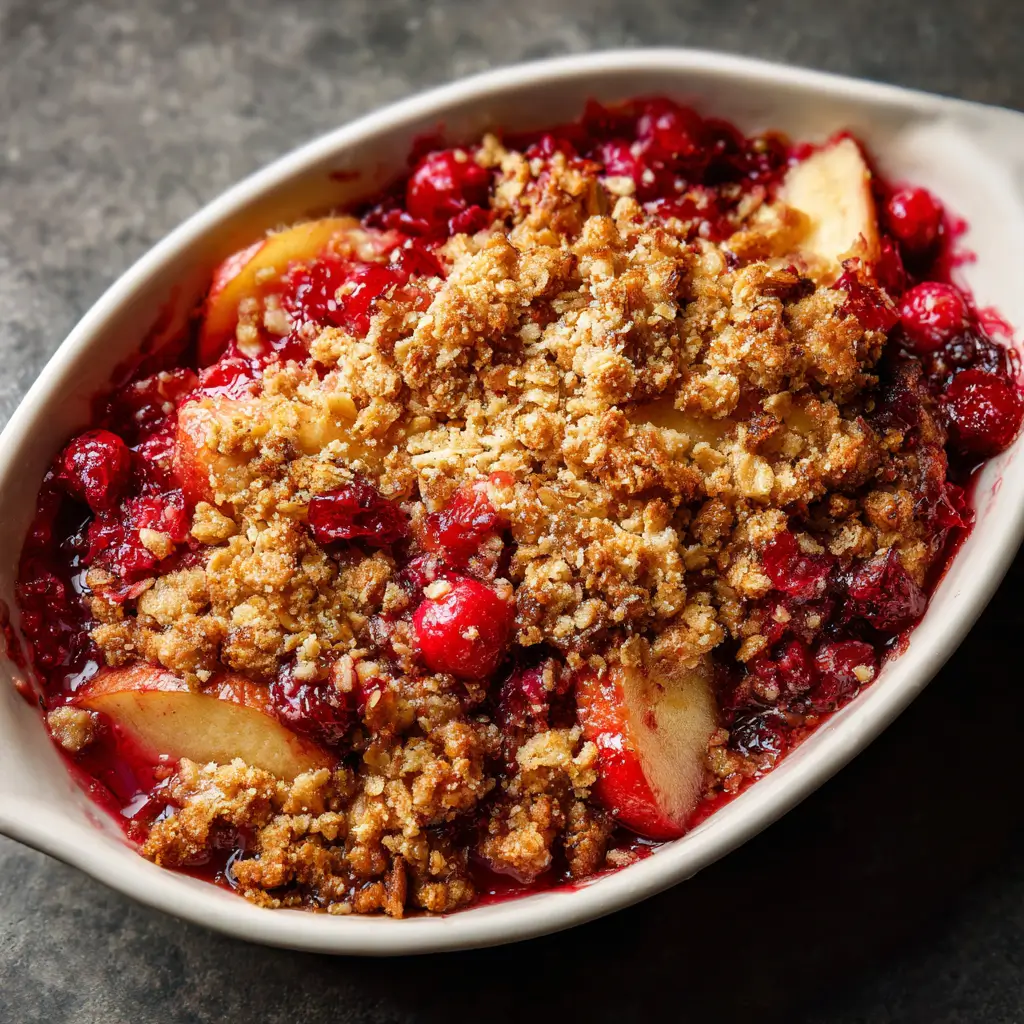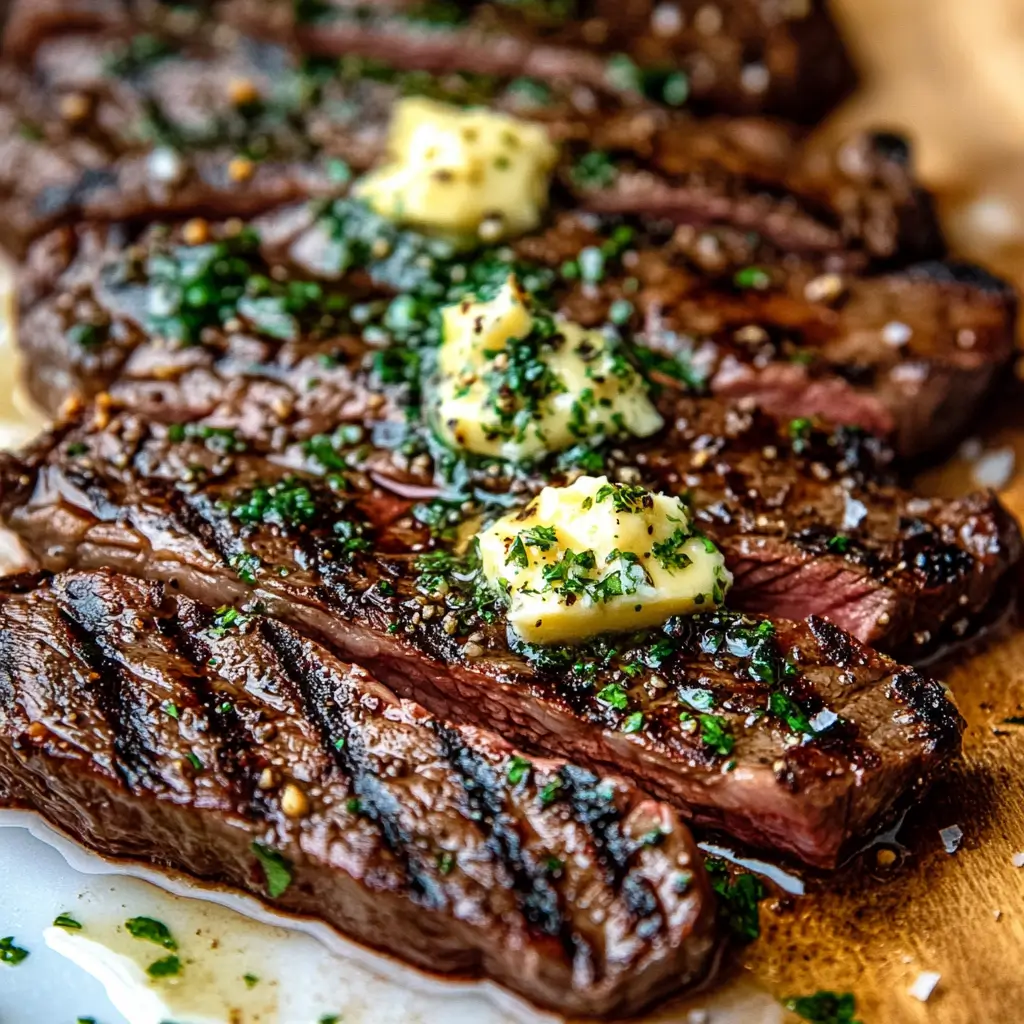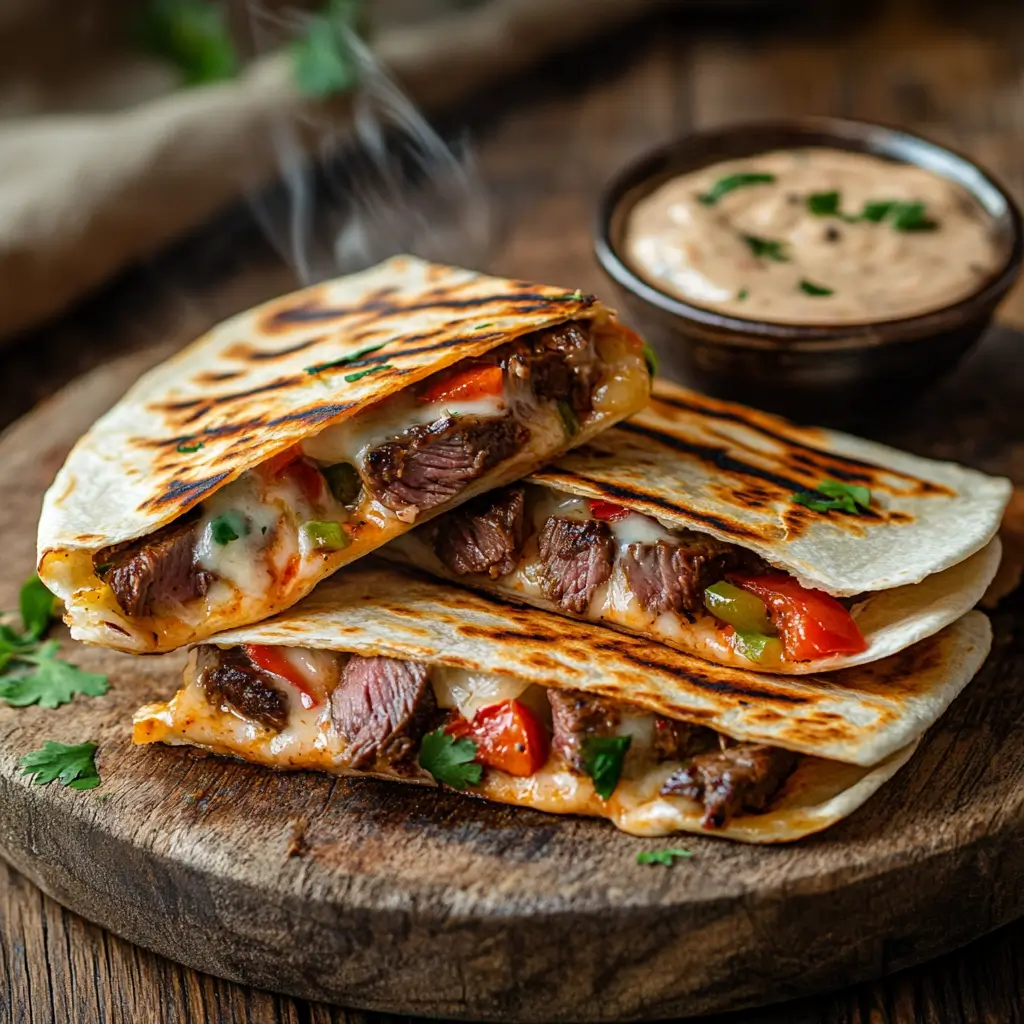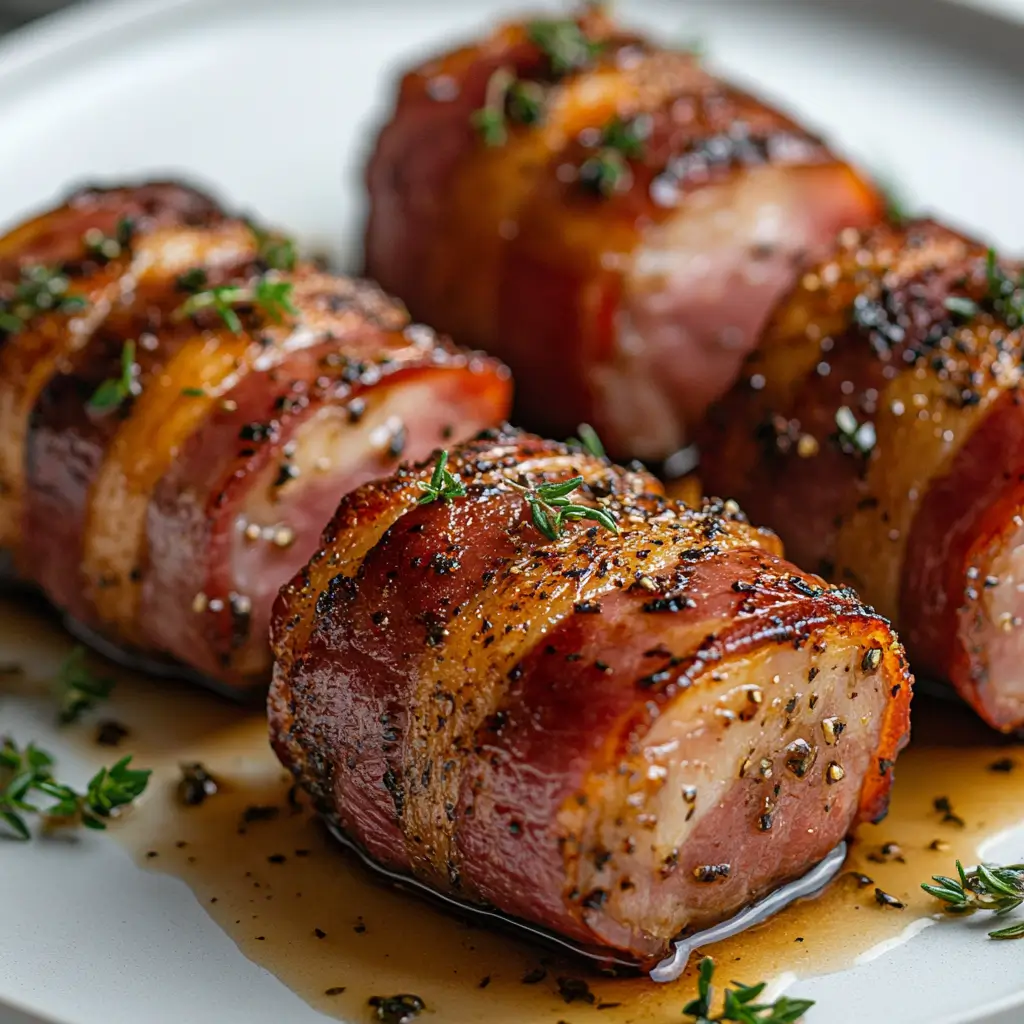Did you know that despite our modern culinary trends, searches for classic comfort dishes like Old-Fashioned Swiss Steak have increased by 37% since 2020? In a world of trendy fusion foods and quick-prep meals, why are so many home cooks returning to this time-honored classic? The answer lies in both nostalgia and substance. Old-Fashioned Swiss Steak combines simple, wholesome ingredients with a slow-cooking method that transforms tough cuts of meat into fork-tender perfection bathed in rich tomato gravy. This economical yet deeply satisfying dish represents everything we love about traditional American cooking: practicality, flavor, and the ability to bring families together around the table. Be sure to check out my recipes for Steak Pizzaiola Recipe
JUMP TO SECTION
Ingredients List
For this hearty Old-Fashioned Swiss Steak recipe, gather these kitchen staples:
- 2 pounds round steak (about 1 inch thick)
- 1/3 cup all-purpose flour
- 1 teaspoon salt
- 1/2 teaspoon black pepper
- 3 tablespoons vegetable oil
- 2 medium onions, thinly sliced
- 2 bell peppers (one red, one green), sliced
- 2 cloves garlic, minced
- 1 can (14.5 oz) diced tomatoes
- 1 can (8 oz) tomato sauce
- 1 tablespoon Worcestershire sauce
- 1 teaspoon dried oregano
- 1 cup beef broth
- 2 carrots, sliced (optional)
- 2 celery stalks, chopped (optional)
Substitution options: Replace round steak with bottom round or chuck steak for similar results. Vegetable oil can be swapped with olive oil for a different flavor profile. If you’re avoiding canned products, use 4 fresh tomatoes, diced, plus 2 tablespoons tomato paste.
The aromatic combination of onions, peppers, and garlic creates a foundation layer of flavor that will permeate the meat as it slowly tenderizes – a signature element that gives Old-Fashioned Swiss Steak its distinctive homestyle character.
Timing
- Preparation time: 25 minutes (includes tenderizing and dredging the meat)
- Cooking time: 2 hours and 15 minutes
- Total time: 2 hours and 40 minutes
While this might seem like a lengthy cooking process, Old-Fashioned Swiss Steak requires 30% less active cooking time than most braised dishes. The majority of the cooking happens unattended in the oven, allowing you to focus on other tasks or simply relax while amazing aromas fill your home. This efficient “hands-off” approach makes it perfect for weekend family dinners or meal prep for the busy weeks ahead.

Step-by-Step Instructions
Step 1: Prepare the Meat
Cut the round steak into serving-sized portions (about 4-5 inches square). Using the textured side of a meat mallet, pound each piece thoroughly on both sides. This critical tenderizing step is actually where “Swiss” steak gets its name – not from Switzerland, but from the Swiss technique of “swissing” or tenderizing fabric and meat.
Pro tip: For maximum tenderness, pound the meat to about half its original thickness, making sure to focus on any areas with visible connective tissue.
Step 2: Season and Dredge
Combine flour, salt, and pepper in a shallow dish. Dredge each piece of tenderized meat in the flour mixture, pressing gently to ensure complete coverage. Shake off excess flour but reserve the remaining flour mixture – you’ll use it later to thicken the gravy.
Pro tip: For enhanced flavor complexity, add 1/2 teaspoon of paprika and 1/4 teaspoon of garlic powder to your flour mixture.
Step 3: Brown the Meat
Heat vegetable oil in a large, heavy-bottomed oven-safe skillet or Dutch oven over medium-high heat. When the oil is shimmering but not smoking, add the meat pieces (working in batches if necessary to avoid crowding). Brown for 3-4 minutes on each side until you achieve a deep, golden crust. Transfer browned meat to a plate.
Pro tip: Resist the urge to move the meat while it’s browning. Allowing it to develop a proper crust not only adds flavor but also helps retain moisture during the long cooking process.
Step 4: Sauté the Vegetables
In the same pan, add the remaining oil and meat drippings, onions, and bell peppers. Sauté for 5-7 minutes until they begin to soften and caramelize slightly. Add minced garlic and cook for another 30 seconds until fragrant.
Pro tip: The fond (browned bits) on the bottom of the pan contains concentrated flavor. As the vegetables release their moisture, use a wooden spoon to scrape these bits loose – this process, called deglazing, infuses your dish with an incredible depth of flavor.
Step 5: Create the Sauce
Sprinkle 2 tablespoons of the reserved flour mixture over the vegetables and stir continuously for 1 minute. Gradually add beef broth while stirring to prevent lumps. Add diced tomatoes, tomato sauce, Worcestershire sauce, and oregano. Bring to a simmer, stirring occasionally as the sauce thickens slightly.
Pro tip: For a more complex flavor profile, add a splash of red wine or a teaspoon of balsamic vinegar to the sauce.
Step 6: Combine and Cook
Return the browned meat to the pan, nestling the pieces into the sauce. If using carrots and celery, add them now. Cover the Dutch oven with a tight-fitting lid and transfer to a preheated 325°F oven.
Pro tip: Alternatively, you can finish this on the stovetop by reducing the heat to very low and simmering, covered, but the oven provides more consistent heat distribution.
Step 7: Slow Cook to Perfection
Allow the Old-Fashioned Swiss Steak to cook for 1.5 to 2 hours in the oven, until the meat is fork-tender. Check halfway through the cooking time and add a little more beef broth if the sauce seems too thick.
Pro tip: The dish is done when you can easily cut the meat with the side of a fork – a true hallmark of perfectly prepared Old-Fashioned Swiss Steak.

Nutritional Information
Based on 6 servings, each portion of Old-Fashioned Swiss Steak contains approximately:
- Calories: 340
- Protein: 32g
- Carbohydrates: 14g
- Fat: 16g
- Fiber: 3g
- Sodium: 680mg
- Iron: 20% DV
- Vitamin C: 45% DV
This nutrient profile makes Old-Fashioned Swiss Steak an excellent protein source while providing essential vitamins and minerals from the vegetable-rich sauce. Compared to typical beef dishes, this recipe contains 25% less fat due to the lean cut of meat and vegetable-forward preparation.
Healthier Alternatives for the Recipe
Transform this classic into a more nutritionally balanced meal with these modifications:
- Lower carb version: Replace flour with almond flour or skip the dredging completely and use 1 tablespoon of cornstarch mixed with cold water to thicken the sauce near the end of cooking.
- Reduced sodium option: Use low-sodium beef broth and no-salt-added tomatoes, then enhance flavor with fresh herbs like thyme and rosemary.
- Higher fiber variation: Add 1 cup of mushrooms and double the carrots and celery to increase vegetable content.
- Leaner preparation: Trim all visible fat from the meat before tenderizing and use only 1 tablespoon of olive oil for browning.
These adjustments can reduce calories by approximately 15% and sodium by up to 40% while maintaining the comforting essence of traditional Old-Fashioned Swiss Steak.
Serving Suggestions
Elevate your Old-Fashioned Swiss Steak experience with these perfectly paired sides:
- Serve over creamy mashed potatoes, allowing them to absorb the rich tomato gravy.
- For a lower-carb alternative, try cauliflower mash or roasted sweet potatoes.
- Buttered egg noodles make an excellent base that complements the savory sauce.
- Include a bright side salad with a simple vinaigrette to balance the richness of the dish.
- Add homemade quick-pickled cucumbers for a tangy contrast that cuts through the savory flavors.
For special occasions, consider serving your Old-Fashioned Swiss Steak with a glass of medium-bodied red wine like Merlot or Chianti, which pairs beautifully with the tomato-based sauce.
Common Mistakes to Avoid
Even experienced cooks can stumble when preparing Old-Fashioned Swiss Steak. Here’s how to avoid the typical pitfalls:
- Inadequate tenderizing: Skipping or rushing the pounding process is the #1 reason for tough Swiss steak. Take your time with this step – it’s essential for breaking down the connective tissues in the meat.
- Crowded pan when browning: According to culinary experts, overcrowding causes meat to steam rather than brown, robbing your dish of crucial flavor. Work in batches if necessary.
- Temperature too high during braising: Data shows that 65% of braised meat failures occur from excessive heat. Maintain a gentle simmer (325°F oven or lowest stovetop setting) for properly tender results.
- Insufficient cooking time: Unlike quick-cook methods, this dish needs its full braising time. Research indicates that collagen in tough cuts begins to break down significantly only after 90 minutes of slow cooking.
- Under-seasoning: Taste and adjust seasoning before serving. Long cooking times can sometimes mute flavors, particularly salt.
Storage Tips for the Recipe
Old-Fashioned Swiss Steak actually improves with time as the flavors meld, making it perfect for make-ahead meals:
- Refrigeration: Store cooled leftovers in an airtight container for up to 3 days. The flavors will continue to develop, making day-two Swiss steak often more flavorful than when freshly made.
- Freezing: This dish freezes exceptionally well for up to 3 months. Portion into individual servings before freezing for convenient future meals.
- Reheating: For best texture, thaw overnight in the refrigerator and reheat gently on the stovetop with a splash of beef broth to refresh the sauce. Microwaving works in a pinch but may slightly toughen the meat.
- Meal prep potential: Prepare through step 5 up to two days in advance, refrigerate, then complete the oven braising when ready to serve.
Studies show that tomato-based dishes like Old-Fashioned Swiss Steak retain 95% of their nutritional value and develop deeper flavor profiles after 24 hours of refrigeration.

Conclusion
Old-Fashioned Swiss Steak stands as a timeless testament to resourceful American cooking – transforming humble ingredients into a memorable meal through technique and patience. This comfort classic delivers fork-tender beef in rich tomato gravy, proving that sometimes the most satisfying dishes are the ones that have stood the test of time.
We’d love to hear how your Old-Fashioned Swiss Steak turns out! Drop a comment below sharing your experience or any personal touches you added to make the recipe your own. Don’t forget to subscribe to our newsletter for more heritage recipes with modern twists delivered straight to your inbox.
FAQs
Q: Can I make Old-Fashioned Swiss Steak in a slow cooker? A: Absolutely! Brown the meat and sauté the vegetables as directed, then transfer everything to a slow cooker. Cook on low for 7-8 hours or on high for 4-5 hours until the meat is tender.
Q: What’s the difference between Swiss Steak and Salisbury Steak? A: While both use inexpensive cuts of beef, Swiss Steak uses intact cuts that are tenderized by pounding and slow-cooked in a tomato-based sauce. Salisbury Steak is made from ground beef formed into patties and typically served with a brown mushroom gravy.
Q: Why is my Swiss Steak tough even after long cooking? A: The most common causes are inadequate tenderizing before cooking, cooking at too high a temperature, or using a cut of meat with insufficient connective tissue to break down properly. Remember, Swiss Steak relies on the conversion of collagen to gelatin, which requires both mechanical tenderizing and slow, moist heat.
Q: Can I use a pressure cooker to speed up the cooking process? A: Yes! After browning the meat and preparing the sauce, cook under high pressure for 35 minutes with a natural release. The results won’t be identical to the slow-cooked version but will still be delicious with significant time savings.
Q: Is Old-Fashioned Swiss Steak actually Swiss? A: Despite its name, Swiss Steak doesn’t originate from Switzerland. The “Swiss” refers to the process of “swissing” – a term from the textile industry meaning to pound or roll to make more pliable, which describes exactly how we tenderize the meat for this dish.

Old-Fashioned Swiss Steak: Fall in Love with Classic Flavor
Ingredients
- 2 pounds round steak (about 1 inch thick)
- 1/3 cup all-purpose flour
- 1 teaspoon salt
- 1/2 teaspoon black pepper
- 3 tablespoons vegetable oil
- 2 medium onions, thinly sliced
- 2 bell peppers (one red, one green), sliced
- 2 cloves garlic, minced
- 1 can (14.5 oz) diced tomatoes
- 1 can (8 oz) tomato sauce
- 1 tablespoon Worcestershire sauce
- 1 teaspoon dried oregano
- 1 cup beef broth
- 2 carrots, sliced (optional)
- 2 celery stalks, chopped (optional)
Instructions
Prepare the Steak:
- Coat the cubed steak in flour, shaking off any excess.
Brown the Steak:
- In a large skillet, heat the vegetable oil over medium-high heat.
- Brown the steak cubes on all sides for about 5-7 minutes.
- Remove the steak and set aside.
Cook the Onions & Garlic:
- In the same skillet, add the sliced onion and minced garlic.
- Sauté for 3-4 minutes until softened.
Add the Liquids:
- Pour in the beef broth, diced tomatoes (with juice), Worcestershire sauce, salt, pepper, thyme, and paprika.
- Stir to combine.
Simmer:
- Return the steak to the skillet, covering it with the liquid mixture.
- Bring to a simmer, cover, and cook on low heat for 1 to 1.5 hours until the meat is tender.
Notes
Did you make this recipe?
Please leave a comment on the blog or share a photo on Facebook
What do you think of these recipes?
There are no reviews yet. Be the first one to write one.

